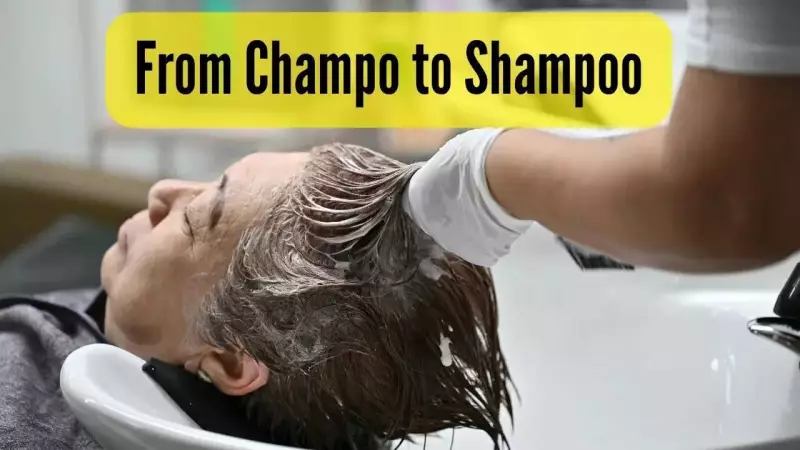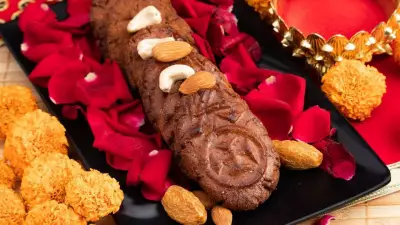
Long before shampoo became a billion-dollar global industry, its origins were quietly brewing in the humble barbershops of Bihar. The story of how this everyday hair care product came to be is one of cultural exchange, colonial encounters, and entrepreneurial spirit.
The Traditional 'Champi' That Captivated Foreigners
In the late 18th century, a Bihari barber introduced British traders and colonial officers to his unique hair washing technique. Using a special herbal concoction made from soapberries, herbs, and aromatic oils, he would perform the traditional 'champi' - a therapeutic head massage that left hair clean, fragrant, and remarkably healthy.
The British were particularly impressed by this method, which was far superior to the harsh soap cakes they used for hair washing back home. The gentle, effective cleaning properties of this Indian formula became an instant hit among the colonial community.
From Local Secret to Global Phenomenon
As British traders returned home, they brought with them not just spices and textiles, but also this revolutionary hair cleaning technique. The Hindi word 'chāmpo' (meaning 'to massage' or 'knead') gradually evolved into the English word 'shampoo.'
The original formula consisted of natural ingredients that were readily available in India:
- Reetha (soapberries) for natural cleansing
- Amla for hair strengthening
- Shikakai for gentle cleaning
- Various herbal extracts and essential oils
The Evolution of Modern Shampoo
While the Bihari barber's creation laid the foundation, it was British hairdresser Sake Dean Mahomed who popularized 'shampooing' in England. In 1814, he opened the first commercial 'shampooing' bath in Brighton, offering therapeutic head massages using the Indian method.
The 20th century saw the transformation from the traditional liquid formulation to the mass-produced bottled shampoos we know today. However, the core concept remained rooted in that original Bihari barber's innovation.
A Legacy That Continues
Today, as the global hair care market continues to grow, there's a renewed interest in returning to those traditional, natural ingredients that started it all. The story serves as a powerful reminder of how indigenous knowledge and traditional practices have shaped global industries in ways we often overlook.
This fascinating piece of beauty history highlights India's significant but often unrecognized contributions to global personal care routines.





